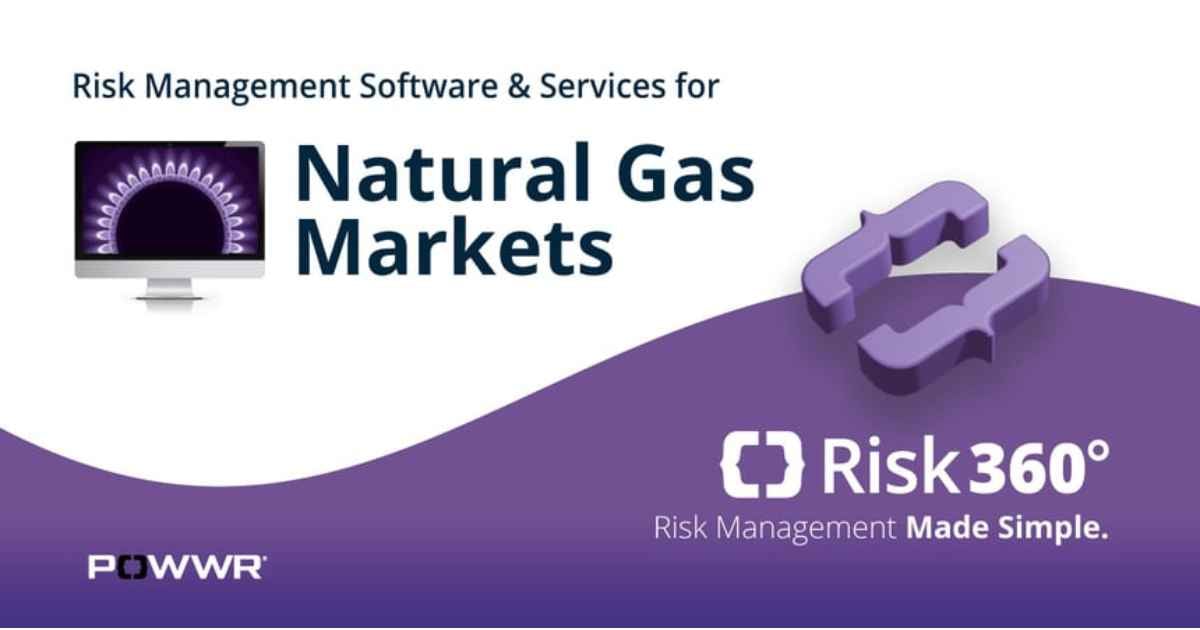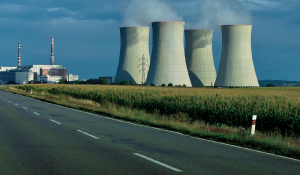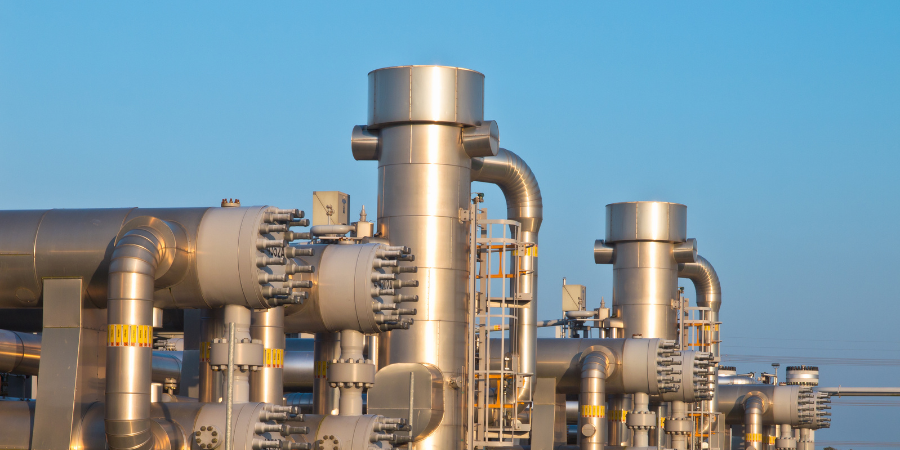Minimizing Natural Gas Demand Volatility
Never has natural gas been such a critical factor in the global economy, the growing demand and uncertainty has forced U.S. suppliers out of their “comfort zones.” Not that suppliers were ever truly “comfortable”, thanks in large part to fluctuating winter seasons, but today many are looking for new data and information sources, as well as new processes in order to make smarter decisions and be more agile.
Background
The war in Ukraine has been impactful on the world for several social and political reasons, including creating the need to reduce dependency on Russian natural gas, exasperated by many European countries in the midst of transitioning to cleaner fuels (more to come on this in a future POWWR blog).
During this time, U.S. legislators want to maintain energy security both in the states and Europe. This will require the U.S. to significantly increase natural gas production and exportation during a time when the U.S. federal administration has supported the reduction of natural gas. However, President Biden has acknowledged the critical role of liquified natural gas (LNG) in maintaining global security. Despite this acknowledgment, the administration still says they want to decrease LNG production by 50-52% from 2005 levels by 2030.
While addressing the climate crisis is imperative, natural gas is critical to global security, now more than ever.
When monitoring and preparing to anticipate customer gas demand and approaching nominations, it’s more important now to consider the global energy market.
Europe needs to be able to source their gas from somewhere other than Russia in order to be sure their supply will not be halted. According to the University of Cologne, the EU still received 30% of its natural gas imports from Russia in the first quarter of 2022[1].
Major changes will need to be made to reduce Russian dependency in Europe, considering the U.S will be attempting to replace nearly 155 billion cubic meters of natural gas. It is because of this that the U.S. and the EU established a joint task force to increase gas exports to Europe, according to a White House statement made in March[2].
______________________________________________
[1] https://www.ewi.uni-koeln.de/en/news/gas-analysis/
[2] https://www.whitehouse.gov/briefing-room/statements-releases/2022/03/25/joint-statement-between-the-united-states-and-the-european-commission-on-european-energy-security/

The energy security agreement will emphasize energy cooperation and remove obstacles involved in LNG import and export. Short term, this will likely be a successful operation, but replacing billions of cubic feet of gas is not sustainable long term and will require reformation in the United States.
To meet the oncoming demand, the U.S. will need legislation to support an increase in export and pipeline capacities. Without an increase in pipeline infrastructure to increase domestic production, gas price increases are inevitable.
While natural gas is not famed for its contribution to decreasing carbon emissions, the U.S. can help meet the LNG demand while developing renewables. Reaching clean energy goals will only happen if the administration embraces LNG as essential to the energy transition and global security. In response, the EIA reports that the new infrastructure built will be required to support biogas or renewable natural gas.
The energy industry is enduring an unpredictable period in the electric and gas markets. As tensions remain in Europe, the U.S. will need to prepare to ramp up production for both exports and domestic demands. Gas suppliers will need to be ready to follow the market and make sure their company is prepared for a volatile market.
To add confidence in your demand modeling and risk management:
- Stay up to date on European natural gas needs, as well as the other events happening in Asia and South America
- Monitor U.S. reactionary policies
- Reference multiple weather forecast to reduce the effect of outliers
- Increase the access and centralization of your pipeline and storage The more you can analyze from the wellhead to the burner-tip, the more agile you can be
- Don’t be resistant to speaking with more experts and consultants
For help managing your natural gas book, visit www.powwr.com for more information.
Article by Brianna LaMorticella,
Marketing Associate at POWWR.
Share this
You May Also Like
These Related Stories

Nuclear Power: From Fearful to Future

UK Energy Bill Relief Scheme Important Updates


